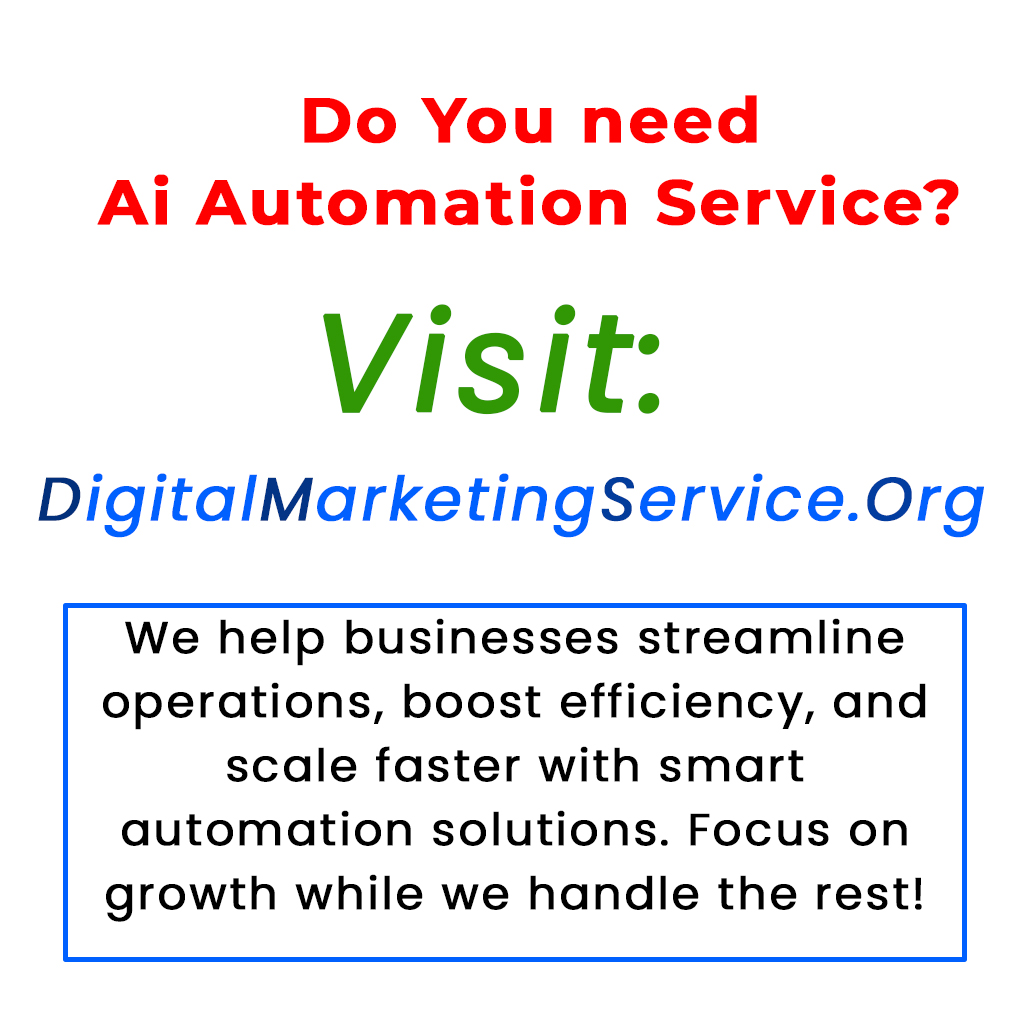Headless agents are automated systems that operate independently without user input from a chat interface, allowing them to perform tasks autonomously. At TDX ’25, new features in AI and automation were introduced, including the Agent API, which can enhance the way we interact with these agents. This API simplifies the setup process and enables both synchronous and asynchronous communication. By utilizing multiple headless agents in workflows—like a loan application system consisting of various specialized agents—businesses can create complex, efficient processes. With tools like the Agent API, as well as integrations through Flow and Apex, organizations can enhance automation and improve user experiences while managing comprehensive tasks effectively.
In a world driven by technology, headless agents are emerging as a game-changer in automation. Unlike traditional chat-driven bots that rely on user interaction, headless agents can operate independently, triggering tasks without human intervention. These agents can be initiated by scheduled jobs or commands, streamlining processes behind the scenes.
At TDX ’25, we introduced groundbreaking innovations surrounding AI and automation, particularly highlighting the Agent API. This post will explore how headless agents work and how you can utilize the Agent API to create innovative, automated experiences.
Understanding Multi-Agent Systems
As organizations increasingly deploy headless agents, the demand for multi-agent systems rises. In these systems, various autonomous agents work together, managed by an orchestrator agent, to address complex tasks efficiently. For instance, within a loan application process, different specialized agents—such as Customer Interaction Agent and Document Verification Agent—can collaborate seamlessly.
Utilizing APIs for Interaction
Salesforce provides key APIs that you can use for interacting with these headless agents. The Messaging for In-App and Web (MIAW) API is designed for traditional user-driven interactions, while the newly released Agent API focuses on headless operations. It simplifies integration, making development straightforward.
Setting up the Agent API is a breeze. It involves two simple steps—creating a connected app and configuring it within your service agent settings. Once setup is complete, you can effortlessly engage with agents through conversations initiated by your application.
Using the Agent API
The Agent API supports both synchronous and asynchronous prompts, allowing flexibility in how you manage interactions. Synchronous requests are straightforward, ideal for backend operations without user interfaces. In contrast, asynchronous prompts enhance user experience with real-time updates, thanks to features like Server-sent events.
Exploring Additional Development Options
Beyond the Agent API, Salesforce has expanded capabilities for building headless agents through Flow and Apex. With these tools, you can easily initiate agent prompts and enhance functionality tailored to your specific needs.
Conclusion
The introduction of the Agent API marks a significant step towards greater automation and efficiency in business processes. By harnessing the power of headless agents, organizations can create intricate systems that enhance productivity. Start exploring the possibilities today and transform your workflows with headless automation.
Tags: headless agents, Agent API, automation, Salesforce, multi-agent systems, APIs, technology, workflow automation.
What is a Headless Agent?
A headless agent is a type of software that can work behind the scenes without a user interface. It can process tasks, handle data, and perform actions based on commands given through the Agent API. This allows it to operate efficiently in the background to support various applications.
How does the Agent API work?
The Agent API provides tools and commands to create and manage headless agents. You send requests to the API, which then instructs the agent on what actions to perform. It’s like giving a helper a list of tasks to complete without needing to see them do it.
What do I need to start building headless agents?
To start building headless agents, you need some programming skills, an understanding of APIs, and access to the Agent API documentation. It’s also helpful to have a clear idea of what tasks you want your agent to handle.
Can I use headless agents for different applications?
Yes, headless agents can be used in various applications, such as chatbots, data processing tools, and automated systems. They are versatile and can adapt to different tasks based on how you program them.
What are the benefits of using headless agents?
Using headless agents can save time and improve efficiency. They can work 24/7 without breaks, handle large amounts of data quickly, and perform repetitive tasks without getting tired. This helps businesses focus on more important work while the agents take care of the details.





